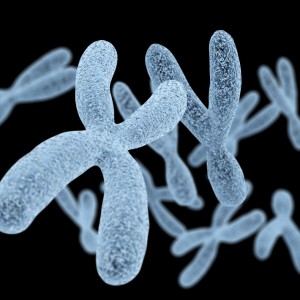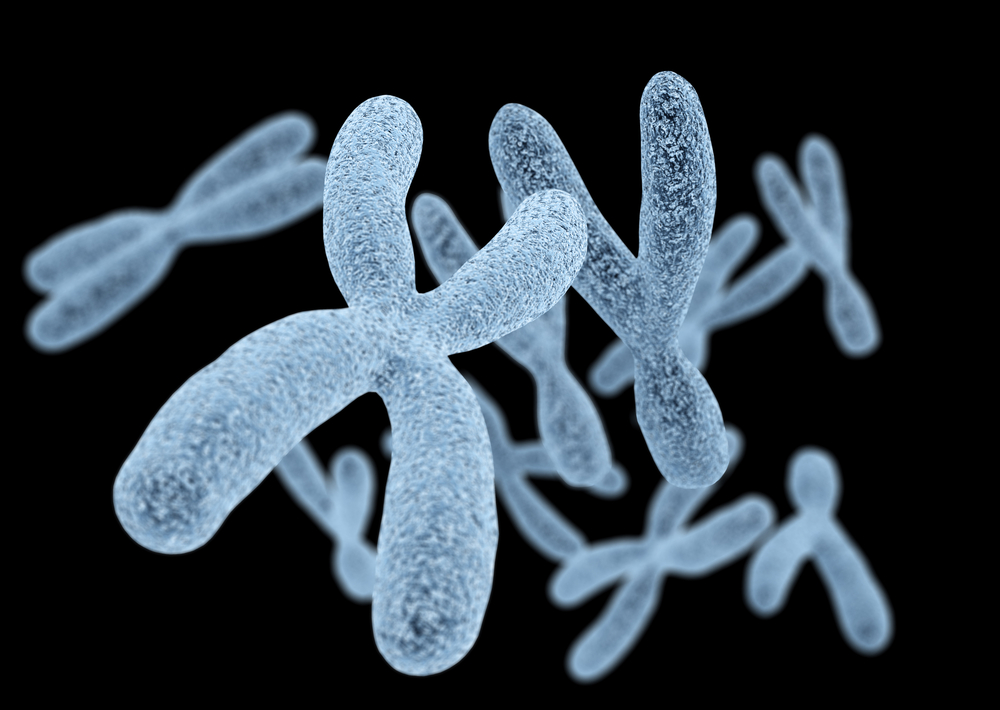 A study published in Nature Communications found new genetic anomalies in lung cancer, revealing data for the potential development of effective treatments for patients suffering with this malignancy.
A study published in Nature Communications found new genetic anomalies in lung cancer, revealing data for the potential development of effective treatments for patients suffering with this malignancy.
Non-small cell lung cancer (NSCLC), the most commonly fatal malignancy in the United States, accounts for approximately 85 percent of all lung cancers. Lung cancer’s poor overall 5-year survival rate (~15%) is primarily attributable to late diagnosis when curative surgery is no longer an option. In this regard, this malignancy is emerging as a paradigm for disease molecular subtyping, that could facilitate targeted therapy based on driving somatic alterations.
The team of researchers from the University of Michigan Comprehensive Cancer Center, conducted a transcriptome meta-analysis in 153 samples representing lung adenocarcinomas, squamous cell carcinomas, large cell lung cancer, adenoid cystic carcinomas and cell lines (NSCLCs). These samples were then integrated with 521 NSCLC’s from The Cancer Genome Atlas and 79 samples from published sources.
The study entitled “Transcriptome meta-analysis of lung cancer reveals recurrent aberrations in NRG1 and Hippo pathway genes”, analysed a total of 753 lung cancer samples for gene fusions and other transcriptomic alterations representing both smokers and non-smokers.
The researchers analysed DNA and RNA from the samples and found that tumours that contained a larger number of gene fusions had a poorer survival prognostic than those with fewer gene fusions, a type of genetic anomalies that are key drivers of oncogenic pathways.
In a recent news release, Arul Chinnaiyan, M.D., Ph.D., director of the Michigan Center for Translational Pathology and S.P. Hicks Professor of Pathology at the University of Michigan Medical School said, “Lung cancer is quite a complex disease with many causes. Our deep sequencing analysis found new gene fusions in lung cancers that were negative for the most commonly known fusions. These new anomalies could potentially be targets for developing new treatments”.
In their analysis, the researchers also found gene fusions affecting the Hippo pathway (present in 3% of the patients) and a new gene fusion variant of the neuroregulin 1 genes called CD74-NRG1 (present in 4% of the patients).
“Our results indicate that in the more genomically complex smoking-related lung cancers, gene fusion events appear to be frequent,” added David G. Beer, Ph.D., John and Carla Klein Professor of Thoracic Surgery and professor of Radiation Oncology at the University of Michigan Medical School and co-director of Cancer Genetics at the U-M Comprehensive Cancer Center.
The researchers suggest that these types of gene fusions may have an important role in the pathogenesis of lung cancers lacking known driver mutations. These findings also indicate that different molecular characteristics can allow the investigation of several lung cancer subtypes.
In the news release, Arul Chinnaiyan, study author concluded, “We’ve previously had success in targeting therapies against low-recurrence gene fusions. Large-scale genome analyses like this allow us to identify more of the key drivers of each patient’s tumor so that we can match the most appropriate therapies”.


